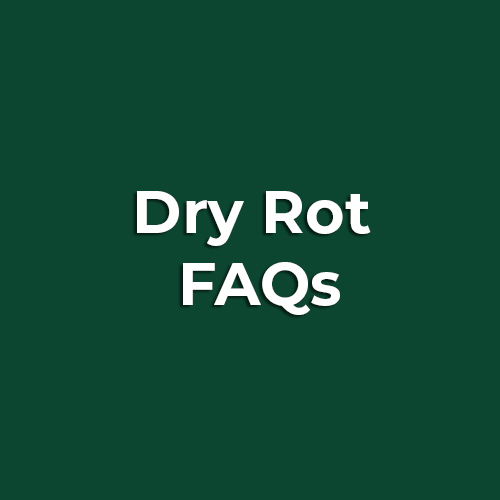Can dry rot spread across walls?
Yes it can. Dry rot spores can live for years without water which makes it the worst case of rot possible. Although water is essential in the initial phases of dry rot, thick-walled hyphae develop called strands. These strands are resistant to desiccation and therefore spread over bricks & mortar, conducting nutrients from the source to the tips enabling them to spread further.
Serpula lacrymans develops extensively on the surface of infected timber and in still, humid conditions produce a mass of cotton wool-like growth. Water droplets are often produced on the surface of the mycelium.
Mycelium spreads over the timber surface by the continued growth and branching of the delicate hyphal threads growing with time. Specialised strands develop within the mycelium and these supply water and nutrients to the growing fruiting bodies. The strands assume their real significance when the fungus spreads from infected timber onto the surface of adjacent stone or brick walls.

